
After Hurricane Harvey hit the Texas coast in August 2017, the storm stalled over Houston and dumped as much as 60 inches of rain on some parts of the region. Katie Hayes Luke for NPR
Lawmakers called the decision “deeply troubling.”
houstonpublicmedia.org - by Davis Land - March 7, 2019
Lawmakers on the U.S. House science committee have questions for federal and Texas officials about a decision not to fly a NASA jet that would have provided more comprehensive data on air pollution after Hurricane Harvey.
Committee members Lizzie Fletcher (D-TX), Eddie Bernice Johnson (D-TX) and Mikie Sherrill (D-NJ) have requested documents relating to the decision from the Environmental Protection Agency, Texas Commission on Environmental Quality (TCEQ) and NASA.
The request comes after an L.A. Times article revealed NASA officials offered up a high-tech air-sampling jet to help with pollution monitoring after Hurricane Harvey. The EPA and TCEQ reportedly pushed back on the offer, saying data from the state-of-the-art airplane would not be helpful. Their response informed NASA officials’ decision not to fly.



/cloudfront-us-east-2.images.arcpublishing.com/reuters/FUHZQ5X5ENOGVJJEAAJDURV4XE.jpg)
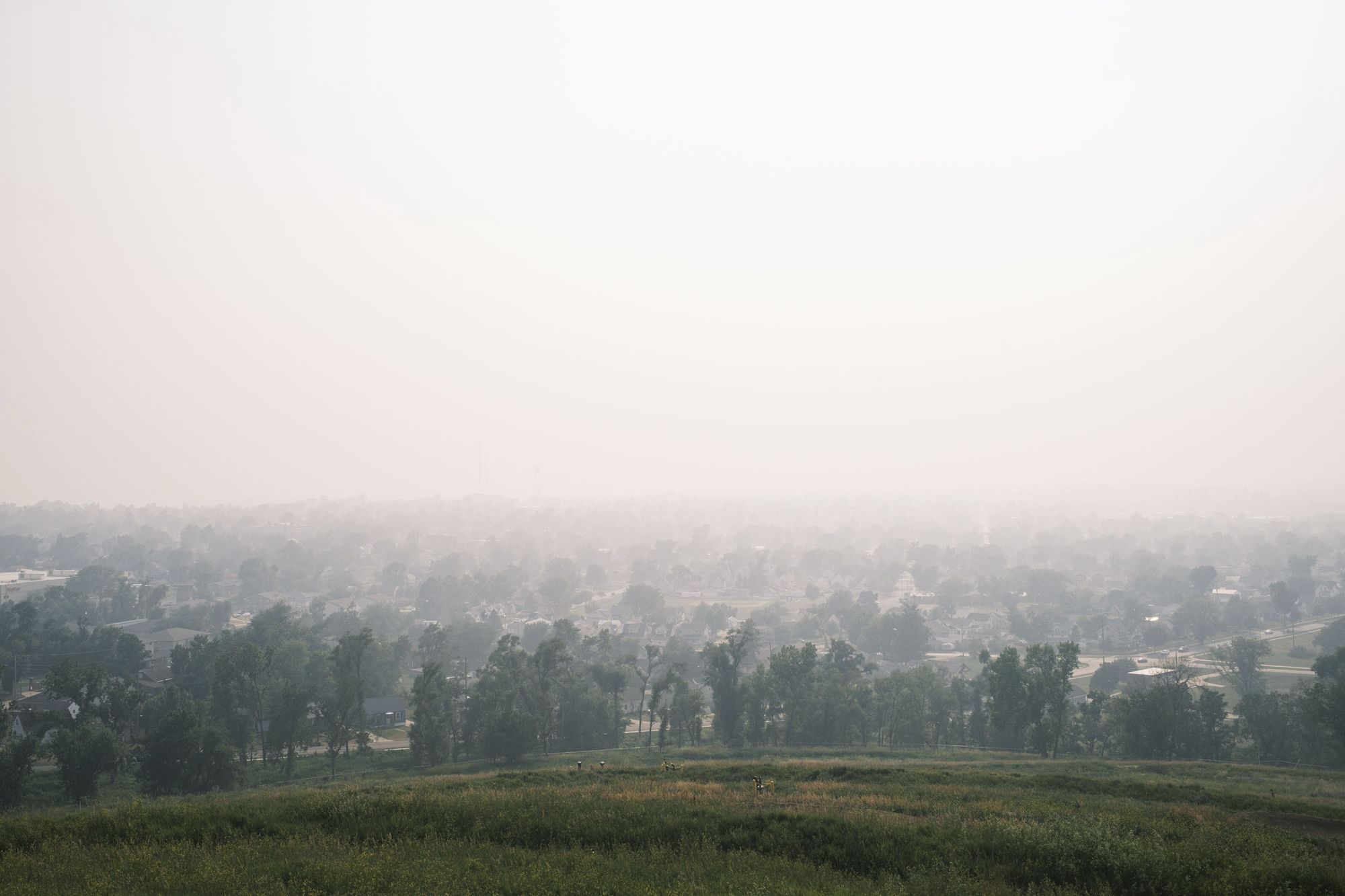
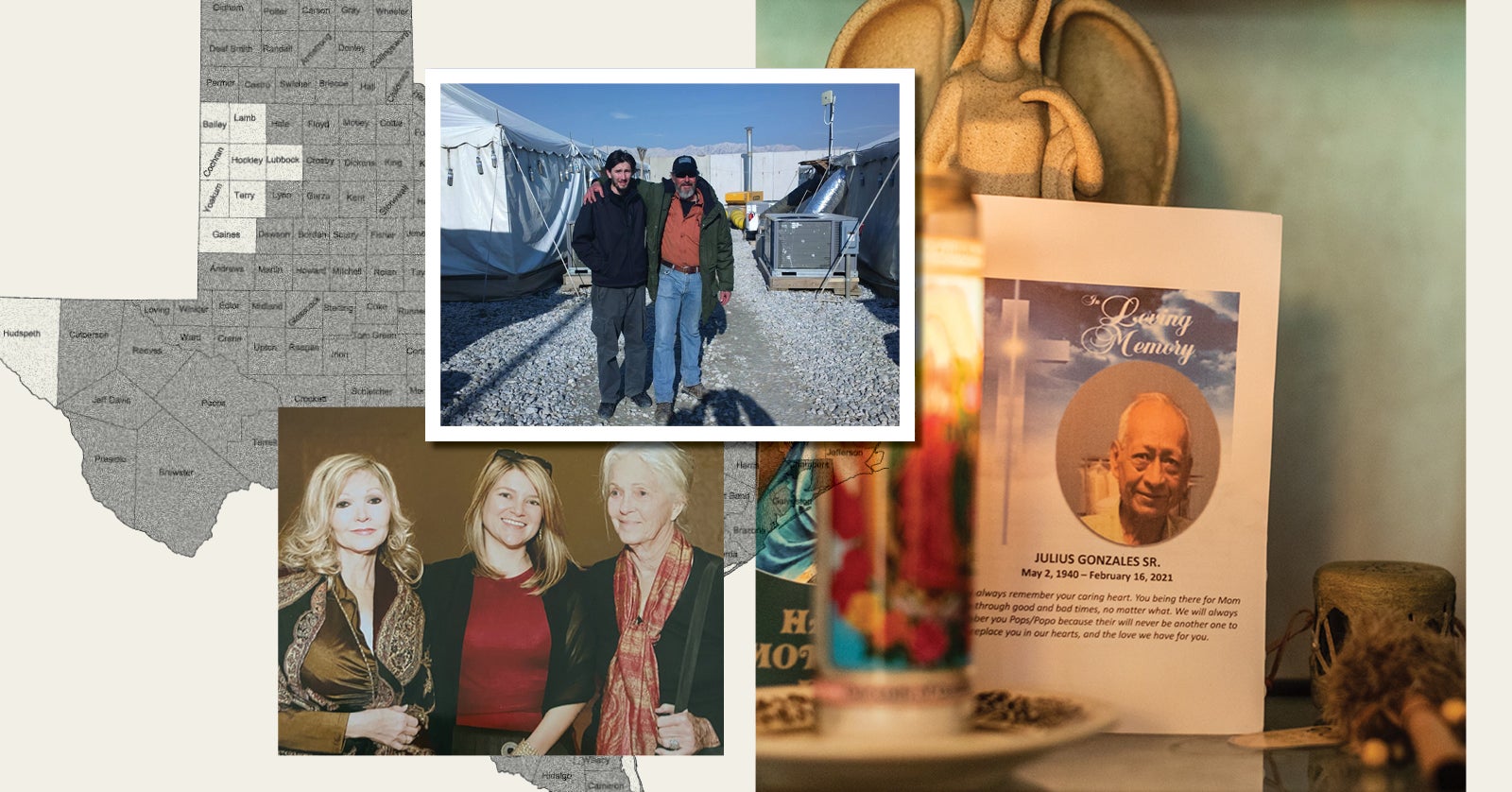
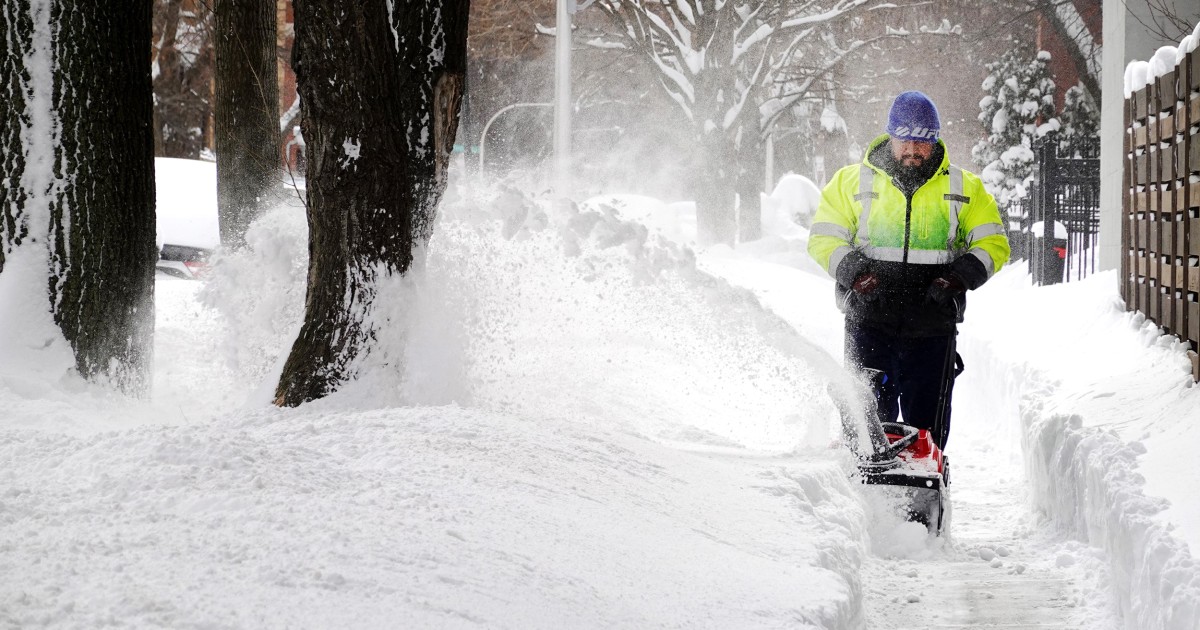
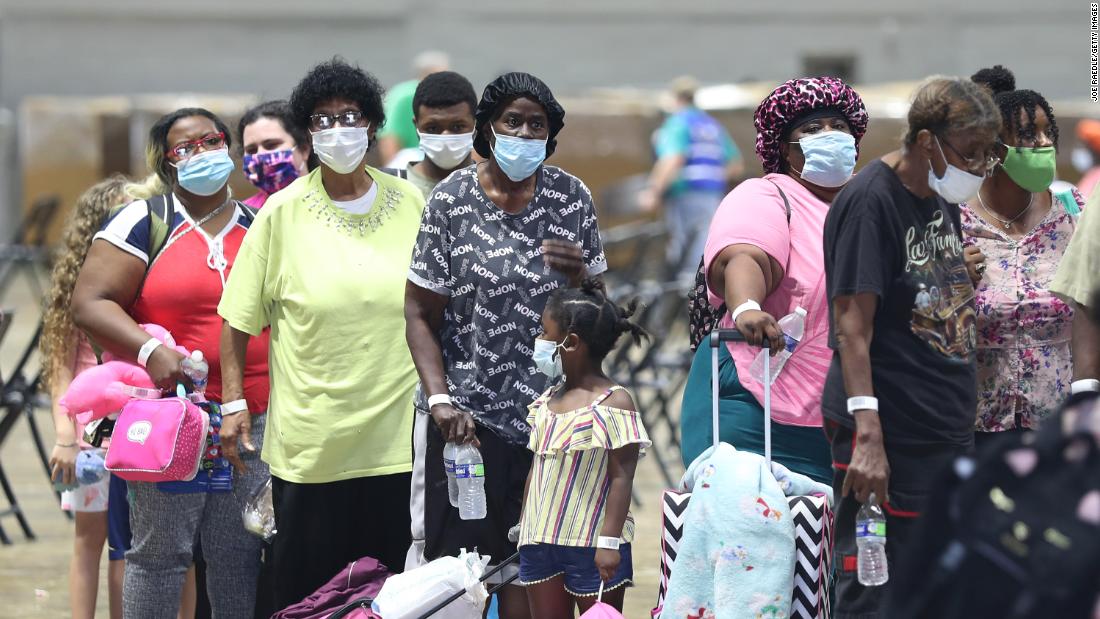
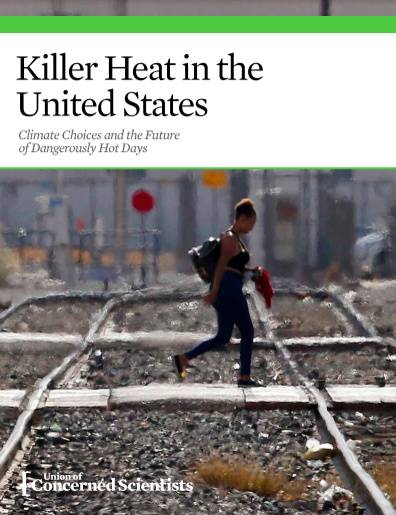

Recent Comments